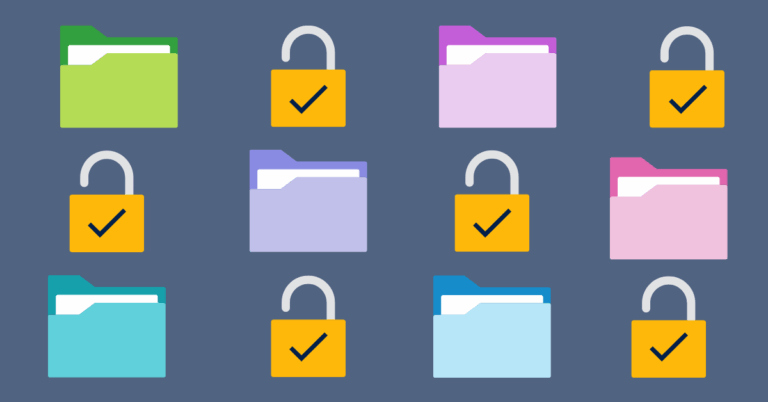Scientific writing skills are essential for effectively communicating scholarly work and clinical and scientific research. Disseminating research findings in journals, books, and other communication venues advances knowledge and influences clinical care, research practice, and policy. Find UCSF resources to support your writing, evaluate suitable journals and publishers, and get your work published.
Writing resources
- See the Scientific Writing and Scholarly Publishing guide for suggested UCSF and third-party resources, including Generative AI tools, for writing for publication and crafting grant proposals.
- Explore the self-paced online course, Scientific Writing for UCSF Authors: Techniques for Clarity and Brevity
- Learn about UCSF’s Writing Center Feasibility Study and see the final report and key findings.
Publishing resources
- See Steps to Finding the Right Journal in the Help Center for tips and resources for identifying and evaluating journals for publishing your work.
- Use our criteria for Evaluating Journals and Conferences and Avoiding Deceptive Publishers you learn about online or through email solicitations.
- Check out our Scientific Writing and Scholarly Publishing guide to find recommended resources for navigating the publishing and peer review process.
Meet our scholarly communication expert

Anneliese is the Head of Scholarly Communication. She is an expert in scholarly publishing, open access, and research impact.
Use preprints to share your work
Preprints are research papers that are openly shared before peer review and have become an increasingly popular option in scholarly communities. Preprint publishing speeds up sharing of new findings and makes them freely accessible, demonstrates work in progress to employers and funders, and opens up manuscripts to feedback and commentary from all readers.
The Scholarly Communication Service has helped me with many questions about how to post my own work to online platforms like Research Gate and how to manage journal copyright issues, and has educated both myself and my students about open access, online access, and predatory publishing practices. It is a great resource!
Faculty, UCSF School of Medicine
We’re here to help
Navigating scholarly communication can be complex. Schedule a one-on-one consultation or group presentation, and check out our Help Center and research guides for how-to articles, tools, documentation, and FAQs on open access, publishing, and more.
Not sure where to begin? Contact us.

